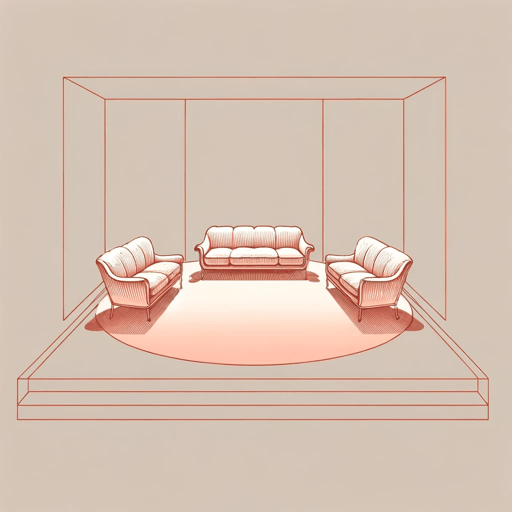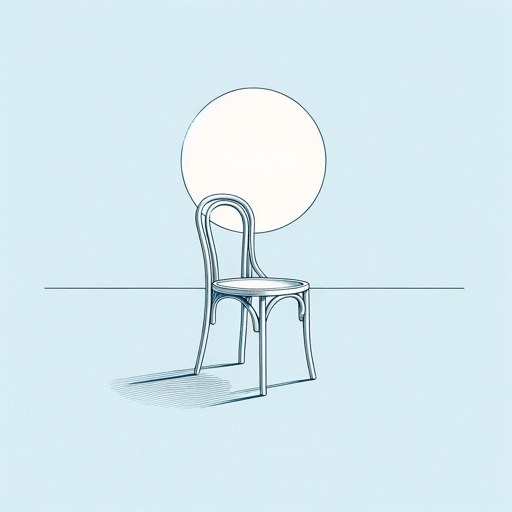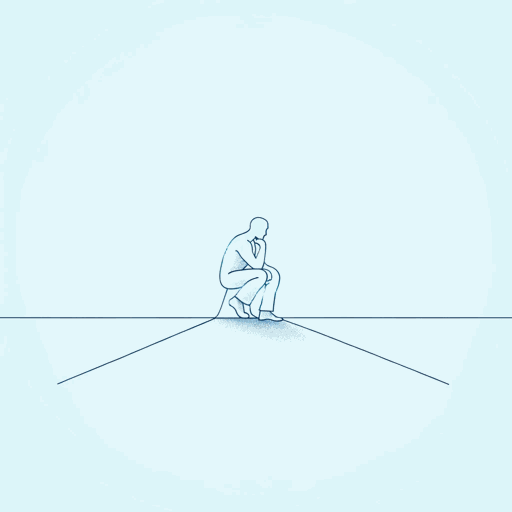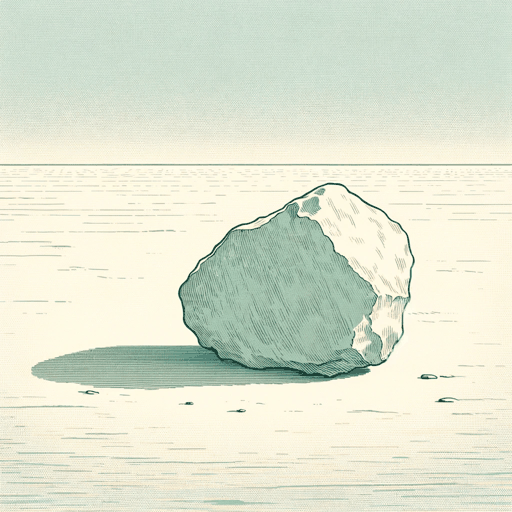62 pages • 2 hours read
Jean-Paul SartreNo Exit
Fiction | Play | Adult | Published in 1944A modern alternative to SparkNotes and CliffsNotes, SuperSummary offers high-quality Study Guides with detailed chapter summaries and analysis of major themes, characters, and more. For select classroom titles, we also provide Teaching Guides with discussion and quiz questions to prompt student engagement.
Symbols & Motifs
Eyes
Sartre’s Look functions through eyes, where they look and don’t look. The play opens with Garcin looking at the room and Valet and ends with the three main characters gazing at one another. Eyes cause anxiety. One thinks of oneself as an independent subject. When eyes that are not our own look at us, we become objects. Our subjective sense of self is called into question.
Looking is one of the few actions left to the three protagonists. They are dead and trapped, and violence and escape aren’t options. They are agonized by the force of the others’ subjectivity. The look of another person is often haunting. When Estelle gazes into Inez’s eyes to use her as a mirror, she is terrified and fascinated. Part of this is what she sees in Inez, though most of it is what she sees reflected back of herself through Inez’s gaze. When Garcin wants to suppress his feelings by having sex with Estelle, Inez’s gaze is a physical barrier that stops him from doing so.
The Look is immaterial. Yet the characters feel one another’s gaze as a tangible, physical presence, one which shapes their self-perceptions and behavior.
Related Titles
By Jean-Paul Sartre
Featured Collections
Allegories of Modern Life
View Collection
Community
View Collection
Dramatic Plays
View Collection
Existentialism
View Collection
French Literature
View Collection
Good & Evil
View Collection
Guilt
View Collection
Nobel Laureates in Literature
View Collection
Philosophy, Logic, & Ethics
View Collection
School Book List Titles
View Collection





